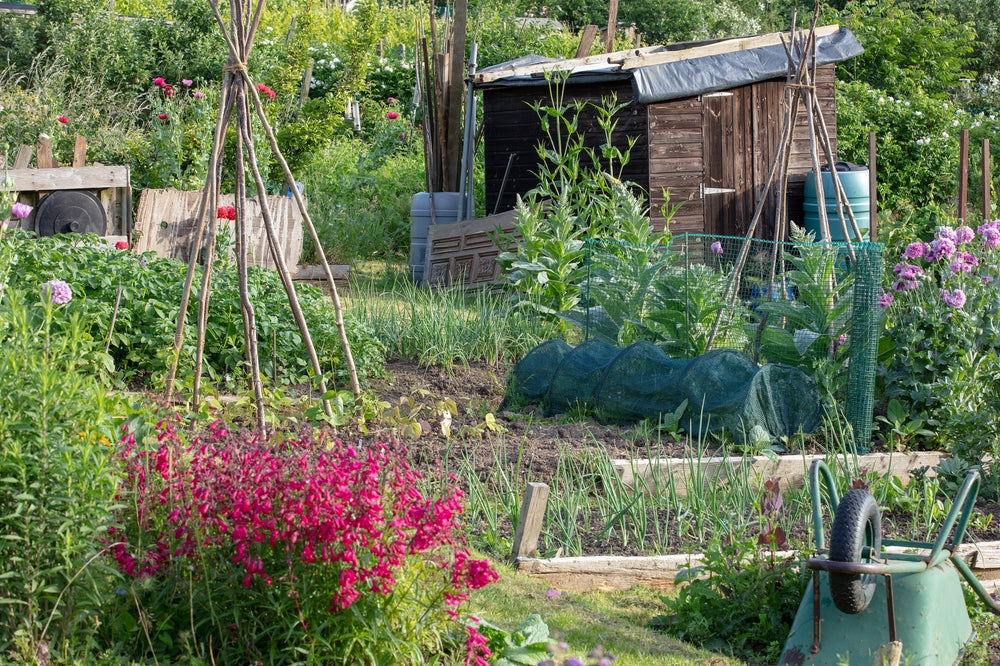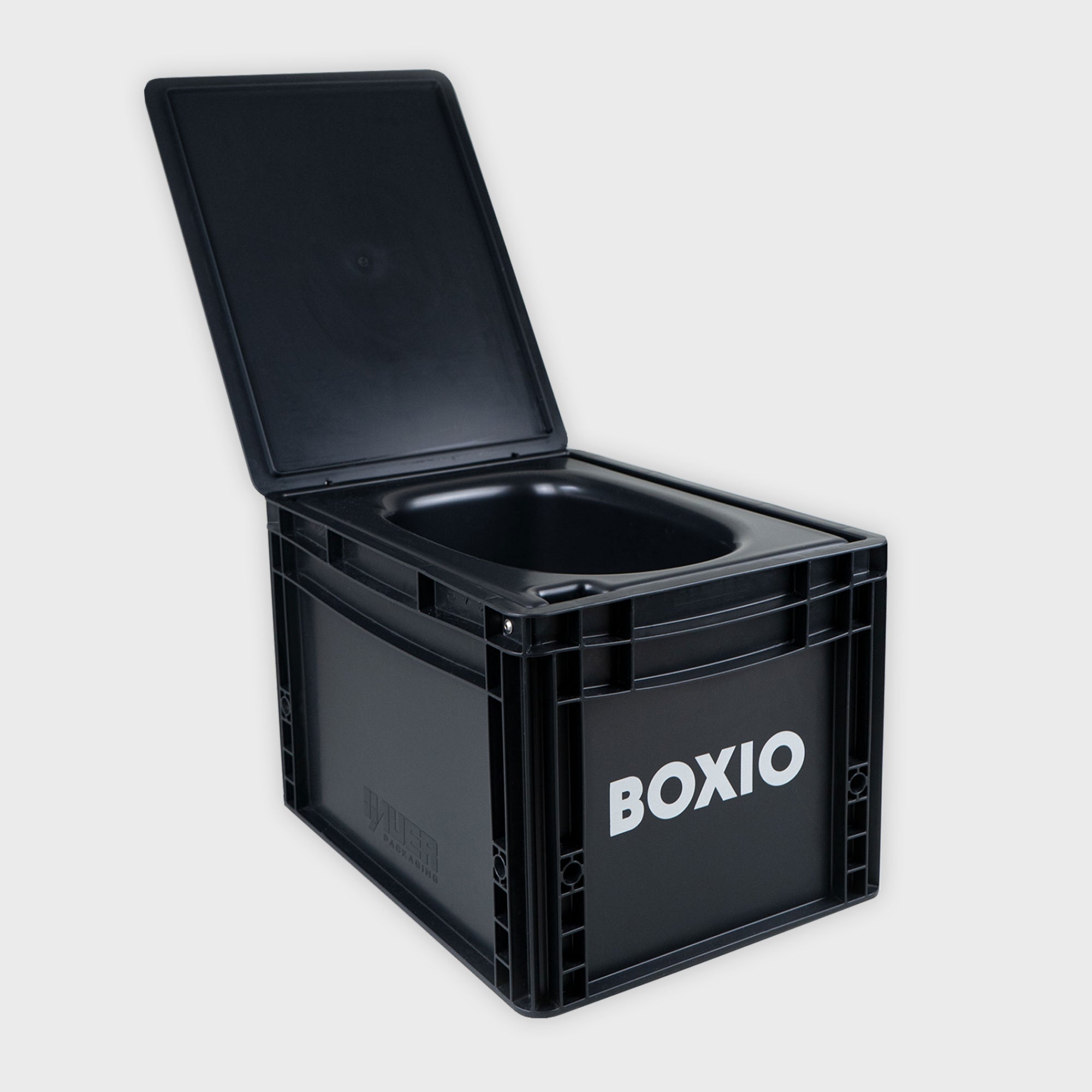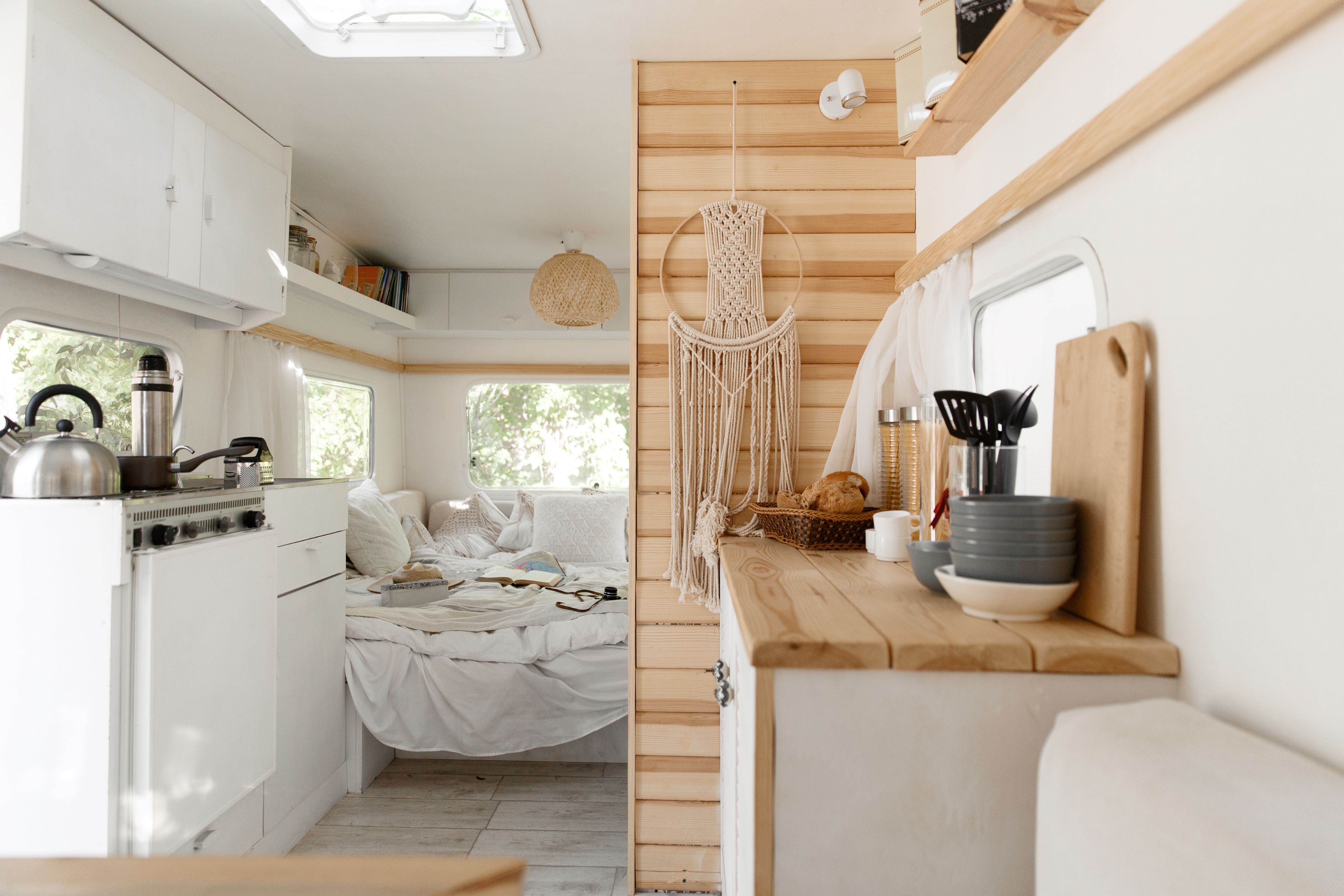
One of the biggest challenges for allotment gardeners is finding a solution for the toilet in the allotment garden. This is because flush toilets, as we know them from home, are prohibited by the Federal Allotment Garden Act.
The reason for this is that no waste water may be produced in allotment gardens. This is probably to prevent people from living in their allotment gardens permanently, which is also against the law.
In addition, allotment gardens are not connected to the sewage system anyway, which makes it even clearer here: The allotment toilet must work without water!
Which solutions are possible and which are not? You can find out now if you continue reading this article.
Toilet in the allotment garden: these options are no longer possible!
Septic tanks, as they used to be common, still exist in some places, but their use is illegal. If you have such a pit in your allotment garden, you should only use it to drain rainwater.
Other types of outhouse, where urine and "big business" are discharged directly into the ground, are also prohibited.
It is very rare for allotment garden sites to provide communal sanitary facilities . If you are one of the allotment gardeners who have access to the shared toilet facilities, this sounds practical at first, but if your garden is in the outermost row of allotment gardens, you will have a long walk ahead of you every time.
This is not a comfortable solution in the long term. Or who wants to have to interrupt their gardening work for longer or leave their barbecue food unattended on the grill for longer?
Getting up and not going to the toilet is definitely not a solution either. Because without the option of going to the toilet, you, your family or your guests will find it more of a cramp than a relaxing experience.
Toilet in the allotment garden - Here's what to look out for:
-
No toilet with a water connection
-
No toilet where waste can seep directly into the ground
-
For this reason, toilet collection containers must be absolutely leak-proof
-
Communal sanitary facilities are rarely available and are only of use to allotment gardeners who have their garden in the immediate vicinity of the toilet facility.
The only convenient solution for a toilet in an allotment garden is your own! Here you can not only determine the hygiene concept yourself, but also take the environmental aspect into account!
Hence the question: What alternatives are there to flush toilets? And which of these garden toilets is best suited?
Toilet in the allotment: What variants are there?
#1 Chemical toilets as a toilet in the allotment garden
To give you a complete overview, of toilet options in the allotment garden, we include chemical toilets. However, a chemical toilet runs completely counter to the idea of nature, which is why it should be avoided.
Problems with chemical toilets:
All feces are collected in the toilet. Chemicals are used to cover up the stink, which contributes to a mixture that continues to smell bad. This "toilet solution" is therefore neither environmentally friendly nor user-friendly.
-
Difficult to clean: As faeces and urine come into direct contact with the toilet, water must be used. Extreme caution is required to avoid chemical residues coming into contact with the skin, as they are corrosive.
-
Disposal is only possible at special disposal stations, as the chemical mixture must never be discharged into the sewage system.
Conclusion on chemical toilets:
Chemical toilets meet the legal requirements for a toilet in an allotment garden, as they work without water and the waste must be collected and then disposed of.
However, if you want to make a contribution to the environment and avoid the stench, you are better off with the following solutions.
#2 Composting toilets as a toilet in the allotment garden
A composting toilet usually consists of a box containing a collection container, a hole and a toilet seat. All the excrement is collected in the collection container, which is located under the toilet seat, and moisture-bound with the help of wood shavings or similar materials.
On the one hand, the litter has the effect of minimizing odours and, on the other hand, it serves visual purposes.
As the name "compost toilet" suggests, the waste is then composted and returned to nature as fertilizer in the cycle. To do this, the collection container is either emptied into the garden composter or in the central collection point of the allotment garden site.
Conclusion on composting toilets:
A composting toilet complies with legal requirements as neither water is used nor waste water produced. Above all, however, composting toilets are quite odorless and do their bit for the environment, as disposal is part of the natural cycle.
A further development of this composting toilet is the separating toilet.
#3 Separating toilet as a toilet in the allotment garden
A separating toilet works like a composting toilet, but it offers an additional advantage. This is because in a separating toilet, the "big business" is collected separately from the "small business", making this toilet solution virtually odor-free.
This is only made possible by the separation of urine and bowel movements, as the meeting of the two is the first step in the formation of ammonia. And this ammonia in turn is mainly responsible for odor formation. So: no ammonia, no odor.
This is how a separating toilet works:
Under the toilet seat, There is a separating insert in the box so that urine is fed directly into a sealable canister, while solid waste goes into the separate collection container. These are covered with sawdust and the like to bind moisture and prevent odors from forming.
You can simply dispose of the urine in the garden, provided you mix it with water in a ratio of 1:10. The spill-proof canister makes this easy, so that disposal is uncomplicated and hygienic.
Faeces can either be composted or disposed of in the waste. Optionally, you can also use the tipping house on your allotment site.
If you also use compostable bags as inlays for your collection container, cleaning will not be an issue for you. Thanks to these bio-bags, nothing comes into contact with your collection container.

Conclusion on separating toilets:
The separating toilet also meets the legal requirements for toilets in allotments. As the urine-diverting toilet is a dry toilet, it also requires no water and produces no waste water.
Of all the toilet types that are suitable for your allotment, the urine-diverting toilet is the most odorless type: there is no to minimal odor formation, as the separation of urine and faeces prevents the formation of odor-causing ammonia.
The urine-diverting toilet contributes to the environment because the waste is composted and then returned to nature.
In addition, this garden toilet is easy to clean, as the contents never come into contact with the toilet's collection container when compostable bags are used. A damp cloth and an organic cleaning agent are all users need to wipe out the urine-diverting toilet.
Garden toilet house: How to give your toilet a beautiful facade!

If you have decided on a garden toilet, then a toilet house is one of our recommended garden tips. You can either implement your own ideas, buy a kit or a ready-made toilet house.
Add a few pretty decorative elements and your quiet place in the garden is perfect! This pretty, clever solution for a toilet in the garden will have everyone applauding!
Conclusion Toilet in the allotment: the separating toilet beats everything!
In terms of convenience, environmental awareness and hygiene, the separating toilet beats everything! Our claim: handy format, environmentally friendly and all at a fair price. To achieve this, we have put our product development expertise into designing our own urine-diverting toilet.
Our Boxio toilet is not only suitable as a toilet in an allotment, but is also the ideal solution for a toilet in a camper, on a boat or wherever there is no toilet in the outdoor area.
We at Boxio are not theorists, but real outdoor solution finders! We are happy to share our knowledge and experience!
FAQ Toilet in the allotment garden
Which toilet in the allotment garden?
Due to legal requirements, only dry toilets are suitable for allotment gardens. Based on our experience, we recommend a separating toilet.
Are septic tanks allowed in the garden?
Septic tanks in which waste water is collected are prohibited.
How often does a camping toilet need to be emptied?
This depends on the capacity of the camping toilet. The Boxio toilet is sufficient for 8-10 visits to the toilet and should be emptied every 2-3 days.
What is the best garden toilet?
The best toilet for the garden is the separating toilet. It almost completely prevents the formation of odors, the contents are composted and returned to nature. It is also easy to clean.





